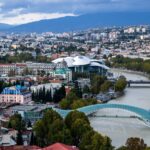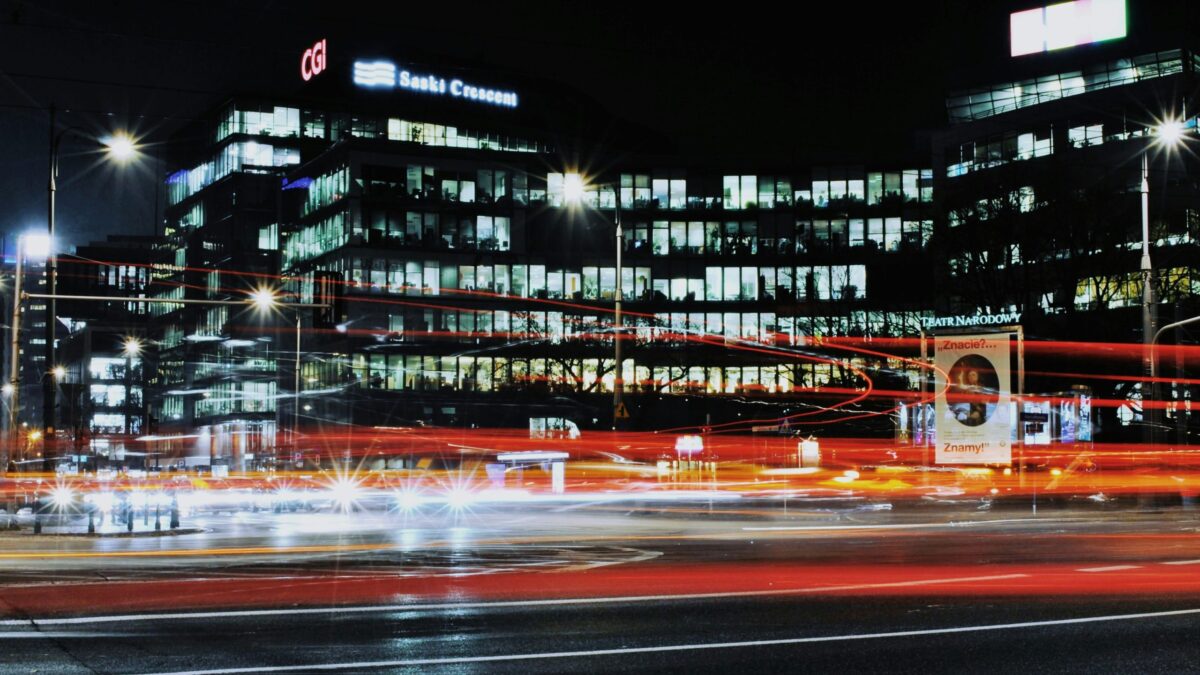It’s a self-made renaissance—an economic and technological reinvention that goes far beyond the clichés of cheap assembly lines and outsourced call centres: Central and Eastern Europe is no longer just the world’s workshop for assembling cars and stitching shirts. From the gleaming tech hubs of Tallinn to the cutting-edge cybersecurity labs of Warsaw, the region is turning into a powerhouse of digital innovation.
But have investors got the message? CEOs who still think of CEE and the Baltics merely as cost-saving outposts are missing the bigger picture. The region’s transformation is prompting a profound rethink of investment strategies—and those who fail to pivot risk being left behind.
For decades, multinationals set up shop in CEE countries with one overriding goal: low production costs.
That old formula—cheap labour plus proximity to major Western European markets—drove a manufacturing boom from the 1990s to the early 2010s. Yet the region has evolved. Between 2015 and 2022, average wages in the Baltics and the Visegrád Group (Poland, Hungary, the Czech Republic, and Slovakia) rose by over 30 per cent.
At the same time, digital infrastructure and tech-savvy workforces have climbed high on investors’ agendas.
In Estonia, for instance, the government’s vaunted e-Residency programme has turned the country into a darling of global tech entrepreneurs. All public services are available online, and the country scores consistently well on the EU’s Digital Economy and Society Index (DESI).
Polish cities such as Kraków and Wrocław, once best known for their medieval squares and cheap weekend flights, now bristle with R&D facilities run by global firms including Google, ABB, and Motorola.
The shift to a service and innovation-led economy
CEOs must note that while manufacturing remains a bedrock of many CEE economies, the real growth story is shifting toward services and innovation.
Offshoring and nearshoring of IT services continue to gain momentum, aided by the region’s improving digital connectivity. Romania’s IT sector, for instance, now accounts for around seven per cent of GDP, up from only 1.3 per cent a decade ago.
Lithuania, once overshadowed by its Baltic neighbours, has emerged as a fintech hotspot, attracting foreign direct investment in digital banking and e-commerce solutions.
This service-oriented pivot is reshaping the region’s skill requirements—and supply. University enrolment in STEM fields has soared across CEE, while a wave of coding boot camps and private tech academies have sprouted from Budapest to Bucharest.
According to Eurostat, the share of ICT specialists in total employment in CEE rose from 3.2 per cent in 2015 to nearly five per cent by 2023. Skilled engineers, data scientists, and software developers are no longer outliers; they are fueling the next generation of Central Europe’s growth.
A new era of start-ups and scale-ups
CEE’s innovation story is not merely about big Western firms relocating R&D. A dense ecosystem of start-ups and scale-ups has taken root, many of which have garnered international acclaim.
Estonia, already known for birthing Skype and Wise, recorded a 140 per cent increase in venture-capital funding between 2018 and 2022, driven by local unicorns ranging from mobility platforms to cybersecurity firms.
Poland, with a population of nearly 38 million, provides a vast market for domestic startups before they expand abroad. This critical mass has helped produce tech success stories like Allegro (an e-commerce giant) and DocPlanner (a digital health platform).
The Baltics’ per-capita rate of successful start-ups rivals that of the Nordics, long Europe’s prime example of small-country innovation. Latvia is making strides in deep tech, with specialised hubs for drone technology and artificial intelligence.
Lithuania, for its part, is plugging into the global fintech scene, harnessing the region’s penchant for lean, digital-forward solutions. Even smaller cities in Bulgaria, Croatia, and Serbia have carved out niches in gaming, blockchain, and mobile app development.
This proliferation of diverse tech verticals means that the CEE region should feature prominently in the strategic planning of CEOs looking to future-proof their portfolios.
E-government and the digital leap
As governments in CEE and the Baltics leapfrog old systems and embrace digitalisation, many local firms enjoy a significant home advantage.
Estonia’s e-governance model has often been cited as Europe’s digital gold standard. Not far behind, Latvia and Lithuania have streamlined everything from business registration to tax filings through secure online portals.
Poland’s digital identity system, mObywatel, has connected millions of citizens to public e-services, while Romania’s Ministry of Digitalisation has rolled out a slate of initiatives to boost broadband connectivity in rural areas.
All this effort is paying off. According to the European Investment Bank’s latest Digitalisation in Europe report, CEE countries are narrowing the gap with Western Europe, with the Baltics regularly scoring above the EU average on internet connectivity, human capital, and use of digital public services.
Faster digitalisation lowers barriers to entry for new businesses, encourages the growth of local tech ecosystems, and provides fertile ground for collaborative research between universities and the private sector.
For investors, it translates into opportunities in everything from next-generation manufacturing to telemedicine and edtech platforms.
Reinventing the investment playbook
Given these shifts, CEOs and investors should overhaul their traditional checklists. First, they need to factor in the region’s evolving cost structure. While wages in CEE remain well below those in Western Europe, labour costs are no longer the sole competitive advantage.
The new draw is a pool of technologically adept workers who can drive innovation, not just follow scripts.
Second, re-evaluating partnerships on the ground is essential. Local venture funds and accelerator programmes can offer a pipeline of promising companies that might otherwise slip under the radar.
Third, the region’s regulatory environment is steadily maturing. Despite occasional political hiccups in countries like Hungary, overall rule-of-law metrics and corporate governance standards are improving.
Analysts at the European Bank for Reconstruction and Development (EBRD) highlight Poland and the Baltics as top performers, with stable policies that encourage both domestic and foreign private equity. Indeed, the gradual convergence of legal frameworks with EU norms creates a more predictable climate for investors—an essential element for long-term commitments in advanced tech sectors.
Finally, sustainability and the green economy are growing priorities. CEE lags behind some Western countries in renewables adoption, but there is rising pressure from the European Commission, as well as local constituencies, to accelerate the transition.
The good news is that the region’s industrial base, though carbon-heavy in places like Poland, offers a perfect testing ground for new energy technologies. Investors who can dovetail innovation in renewables, battery storage, and hydrogen fuel with existing manufacturing expertise will have a leg up.
Time to innovate, time to invest
Central and Eastern Europe and the Baltics are rewriting the script on what it means to be an ‘emerging market’. Entrepreneurs in the region are no longer content with providing low-end assembly or back-office services.
Their products are cutting-edge, their ambitions global, and their local support systems robust. Sure, the region still grapples with concerns such as infrastructure gaps and episodes of political turbulence. But the overarching trend is of dynamic economies leveraging digital prowess to reinvent themselves.
For CEOs with an eye on global expansion and transformation, the message is clear: take CEE and the Baltics seriously as a source of high-value innovation, not merely as a pool of cheap workers.
The new frontier is about AI start-ups in Prague, fintech disruptors in Vilnius, and robotics labs in Cluj. Investment success will hinge on forging fresh local alliances, scouting for top-tier tech talent, and allocating capital not just to real estate and factories, but to R&D and agile service platforms.
In the end, the region’s reinvention story is a wake-up call. Central and Eastern Europe is no longer Europe’s peripheral backyard. It is an emerging epicentre for technological breakthroughs and a vital node in a rapidly shifting global supply chain.
CEOs ignore it at their peril. Embrace it, and they may find themselves at the cutting edge of Europe’s next great growth wave.
Photo by Valentyn Chernetskyi on Unsplash.







